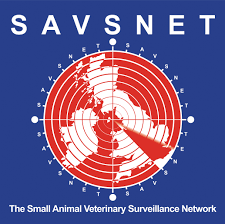Description
Pseudomonas otitis is a challenging disease to deal with in both first opinion and referral practice. There is a huge amount of anecdotal information about the condition but very little in the way of a true evidence base. Using data from her own referral practice and the SAVSNET data base the author has been able to draw together information about primary causes of Pseudomonas ear disease, as well as predisposing factors such as conformation in relation to breed incidence. Sue Paterson is a Cambridge graduate. She took her Certificate then British and European Diplomas in Veterinary Dermatology and has been an RCVS and European Specialist for more than 20 years. She is a Veterinary Director at Rutland House Veterinary Hospital in St Helens which is part of the UKVet Partners Group. She has published seven text books as well as writing numerous peer reviewed articles and contributing chapters to both small animal and equine text books. She lectures extensively in Europe. Sue is currently the President of the European Society of Veterinary Dermatology. She is actively involved in BSAVA where she has held the post of Chair of Education, Chair of Publications and is currently Junior Vice President. Sue is a member of RCVS Council where she sits on the Education committee. Sue is a keep-fit fanatic, she runs, cycles and is a keen hockey player. 5 Learning objectives
Understanding primary causes of Pseudomonas otitis
Understanding breed predisposition’s to develop Pseudomonas otitis
Recognising factors that predispose dogs to infection in the form of life style and conformation
Successfully diagnosing Pseudomonas otitis
Therapeutic options in Pseudomonas
The Small Animal Veterinary Surveillance Network (SAVSNET) was recently developed in the UK to improve companion animal-disease surveillance at local, regional and national scales by reusing data from participating veterinary laboratories and veterinary practices (www.savsnet.co.uk). SAVSNET was established between University of Liverpool and the British Small Animal Veterinary Association (BSAVA) and in April 2016, was awarded a large grant from the Biotechnology and Biological Sciences Research Council (BBSRC). SAVSNET harnesses electronic health and environmental data for rapid and actionable research and surveillance to help patients, their owners, the veterinary profession, the general public and other organisations.
